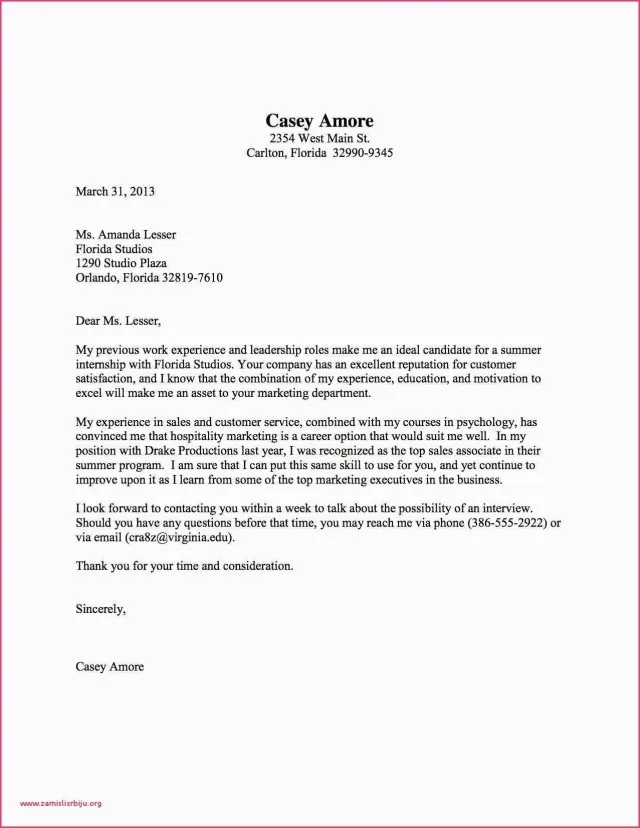Understanding the Importance of a Cover Letter
In the competitive landscape of job applications, a cover letter is your first opportunity to make a strong impression. It’s not just a formality; it’s a critical tool to showcase your personality, skills, and enthusiasm, setting you apart from other candidates. A well-crafted cover letter complements your resume, providing context and depth that a list of qualifications alone cannot convey. It allows you to tell your story, demonstrating how your experiences align with the specific requirements of the role and the values of the company. Ignoring or underestimating the power of a cover letter could mean missing out on potential job opportunities.
Why a Cover Letter Matters
A cover letter serves several essential functions. It introduces you to the hiring manager, giving them a snapshot of who you are and what you can bring to the table. It allows you to elaborate on your key accomplishments and explain how your skills match the job’s demands. Furthermore, it demonstrates your communication skills, showcasing your ability to write clearly and concisely. A well-written cover letter can also highlight your genuine interest in the company and the specific role, making a lasting impression on the recruiter. It is, in essence, your chance to make the recruiter want to read your resume and consider you for the job.
The Role of a Cover Letter
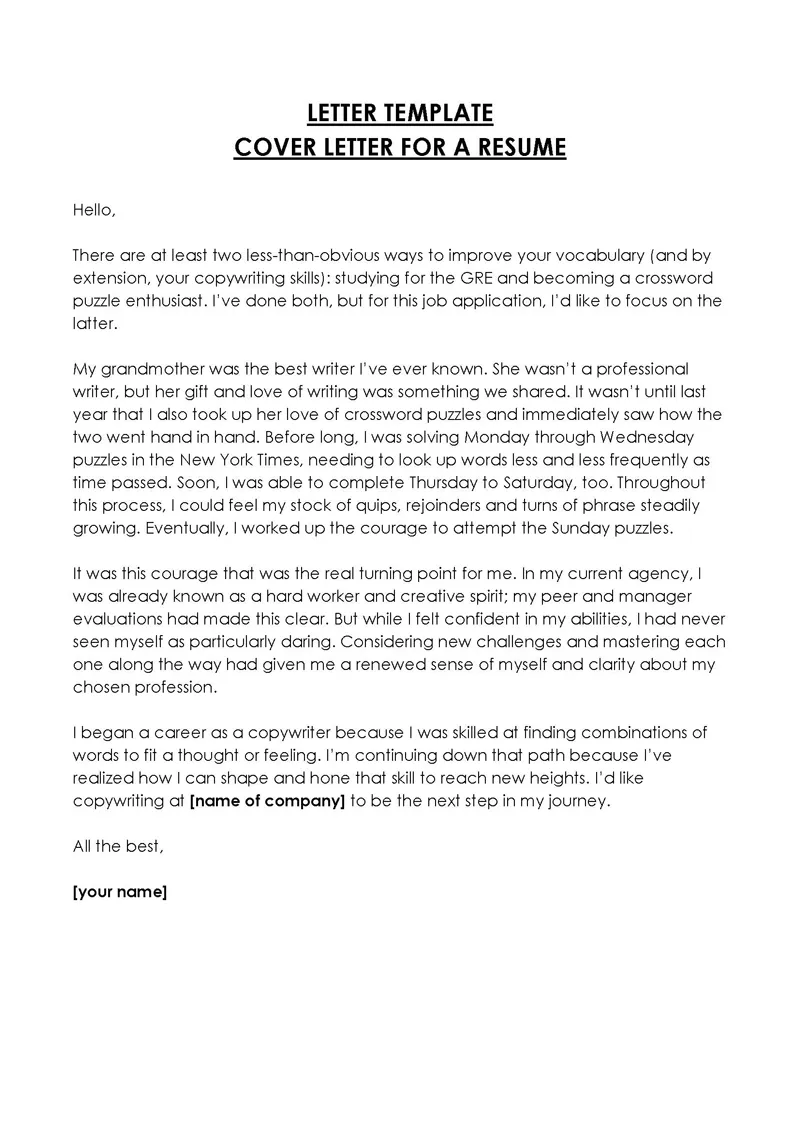
The primary role of a cover letter is to persuade the hiring manager to review your resume and consider you for an interview. It bridges the gap between your qualifications and the job requirements, making a direct connection between your past experiences and the current opportunity. Beyond simply listing your skills, the cover letter allows you to explain why you are the best fit for the role and how your personal and professional values align with the company’s culture. This personalized approach significantly increases your chances of moving forward in the application process.
Key Elements of a Winning Cover Letter
To create a winning cover letter, you need to focus on several key elements. These include a well-structured header, a personalized greeting, a compelling opening paragraph, a concise yet detailed explanation of your skills and experience, specific examples that showcase your achievements, and a strong closing with a call to action. Each element should be carefully crafted to ensure that the letter reflects your professionalism and highlights your unique qualifications. Remember, the goal is to create a narrative that will grab the hiring manager’s attention and compel them to learn more about you.
Header Section Guidelines
Your cover letter header should be neat, professional, and include all the necessary contact information. This section typically contains your name, address, phone number, email, and the date. If you’re applying online, it’s essential to ensure this information is easily accessible. The header sets the tone for the rest of the letter and should be clean and easy to read. Using a standard font and format will also ensure your header looks professional and is easily scannable by the hiring manager or automated applicant tracking systems.
Formatting Your Header
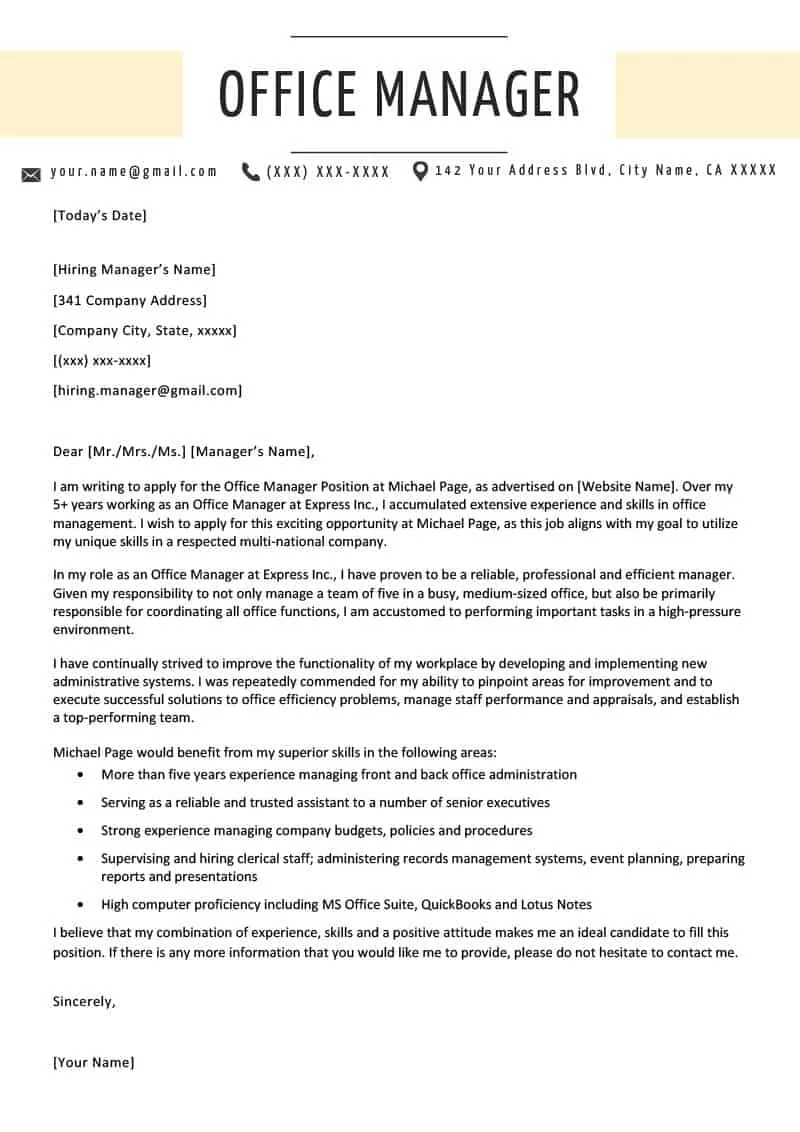
Format your header in a way that is both visually appealing and informative. Use a consistent font throughout the document. Start with your full name at the top, followed by your contact information. The date should align with the right side of the page and the hiring manager’s information, or company address below. Ensure that all details are accurate, as this section is critical for recruiters to reach you. Keeping the header clean and well-organized is essential for making a good first impression and demonstrating attention to detail.
Greeting the Hiring Manager
The greeting sets the tone for your entire letter. The best approach is to address the hiring manager by name; it shows that you have taken the time to research the company and the role. Avoid generic greetings like “To Whom It May Concern” or “Dear Sir/Madam.” If you cannot find the hiring manager’s name, try to identify the relevant department or role and use a professional greeting accordingly. Personalized greetings reflect your effort and interest, helping you stand out from the crowd.
Addressing the Hiring Manager by Name
Whenever possible, find the hiring manager’s name. This can often be found on the job posting, the company website, or professional networking platforms like LinkedIn. Using their name creates a more personal connection and shows that you have done your homework. If you’re unable to find a name, try searching for the hiring manager’s title or the department responsible for the role, allowing you to use a greeting like “Dear Hiring Manager, [Department Name].” Make sure to spell their name correctly to demonstrate respect and attention to detail.
Crafting a Compelling Opening Paragraph
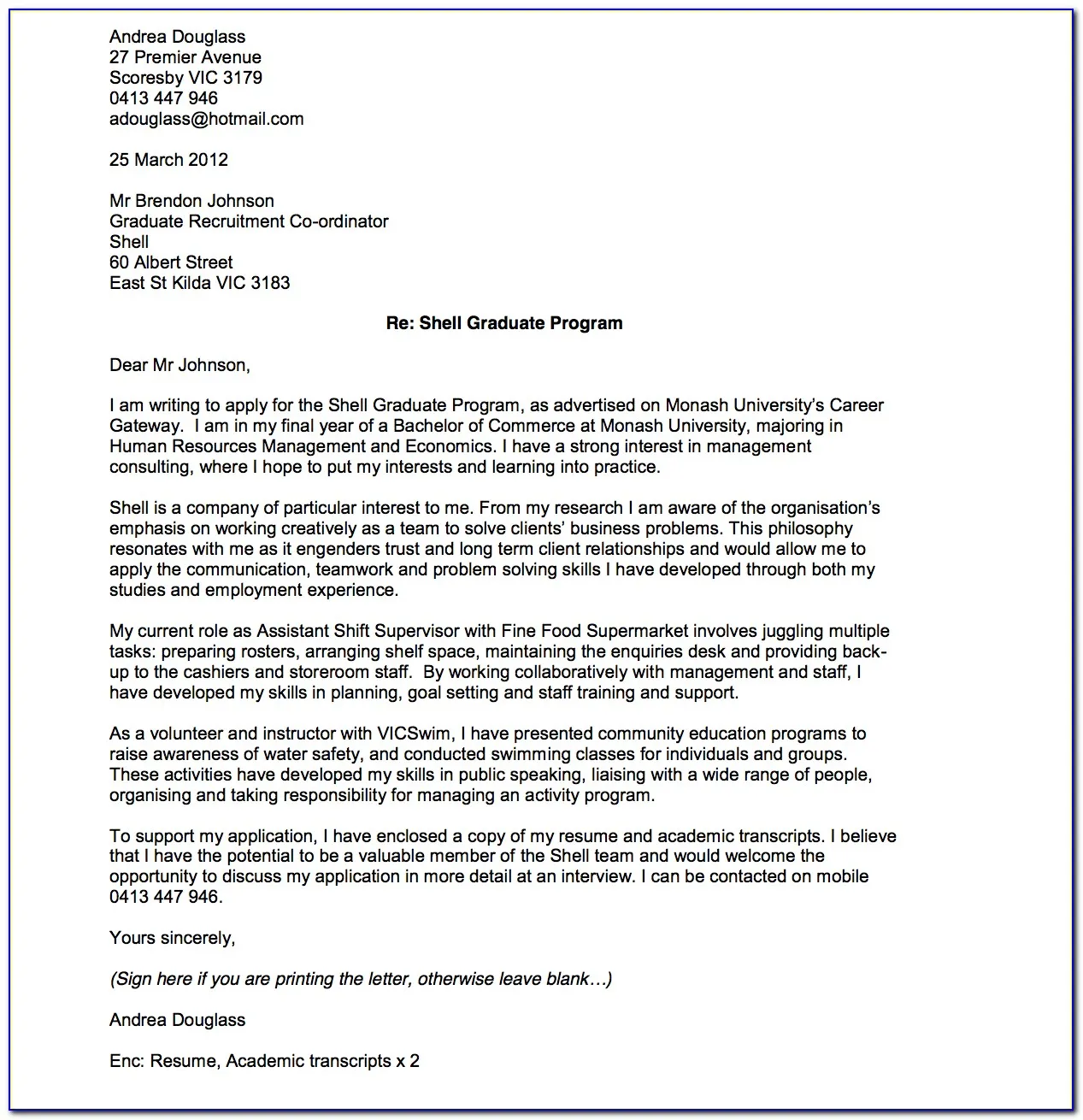
Your opening paragraph is your chance to grab the hiring manager’s attention and set the tone for your letter. Clearly state the position you are applying for and how you discovered the opportunity. Immediately convey your enthusiasm for the role and the company. Mentioning how your skills and experience align with their requirements is a powerful way to start the conversation. Make this paragraph concise and impactful, ensuring it captures the hiring manager’s interest right from the start.
Highlighting Your Value Proposition
Quickly highlight what you can offer the company in this section. Briefly describe your most relevant skills and experiences. Focus on what makes you the ideal candidate for the specific role, showcasing the unique value you bring to the table. Tailor this information to the job description, aligning your skills with the requirements. By highlighting your value proposition early on, you immediately inform the hiring manager why they should continue reading your letter and consider you for the position.
Showcasing Relevant Skills and Experience
In the body of your cover letter, focus on showcasing the skills and experiences most relevant to the job. Select key accomplishments and qualifications that align with the job description. Instead of simply listing your skills, provide specific examples that demonstrate how you’ve used those skills to achieve positive outcomes in previous roles. Explain the context, your actions, and the results. This targeted approach will prove that you have not only the skills but also the ability to apply them effectively in a professional setting.
Connecting Skills to Job Requirements
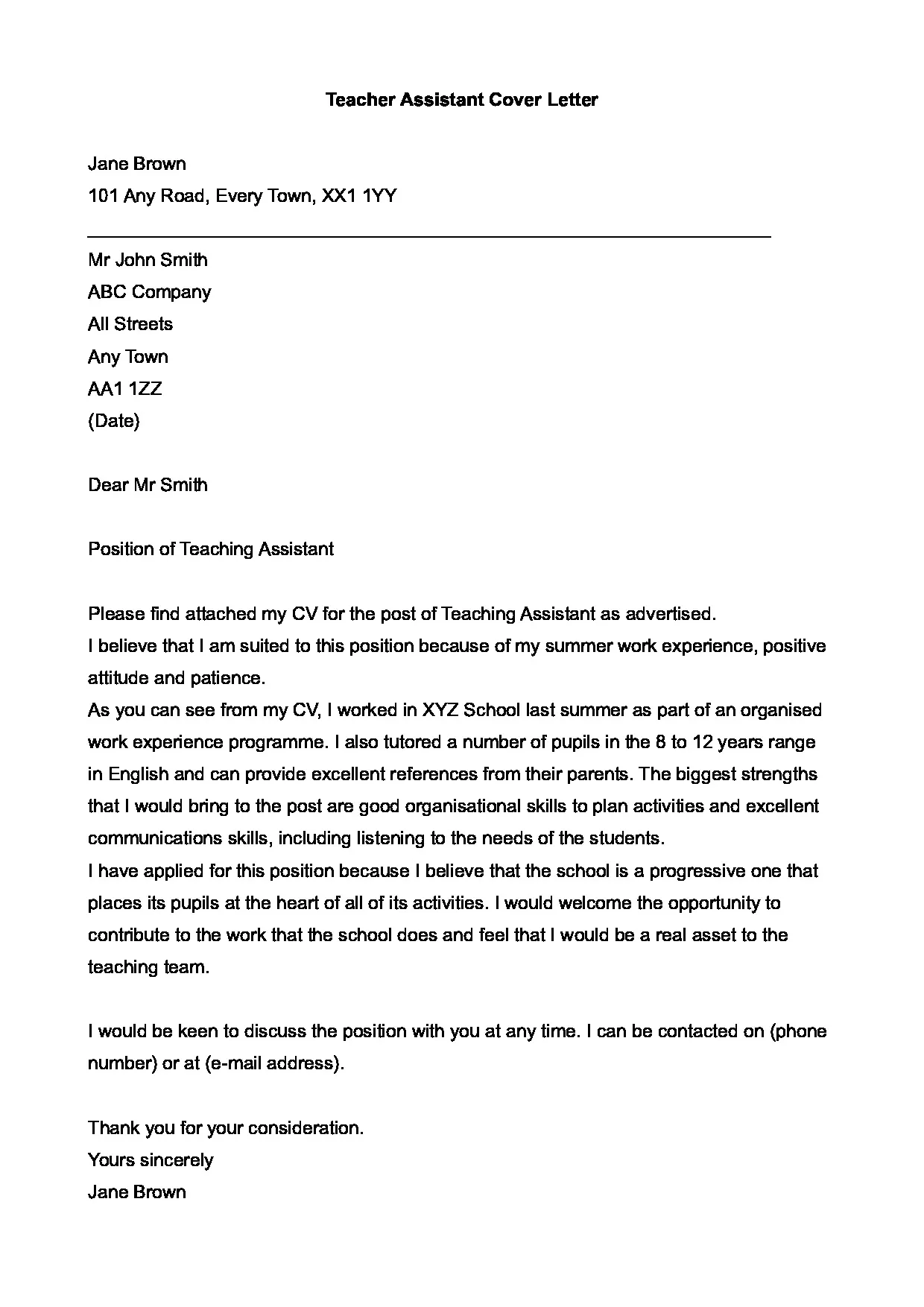
Carefully review the job description and identify the key skills and requirements. Then, in your cover letter, connect your skills and experience directly to those needs. Use the same keywords that appear in the job posting. Explain how your skills and experiences make you a perfect match for the role. This demonstrates that you understand the job’s demands and can deliver the results the employer is seeking. Be specific and provide clear examples of how you have applied these skills in past roles.
Providing Specific Examples of Achievements
Use specific examples to highlight your achievements in previous roles. Instead of making broad statements, provide concrete evidence of your successes. Describe situations, your actions, and the positive results you achieved. Quantify your accomplishments whenever possible, using numbers and data to demonstrate your impact. For instance, mention how you increased sales by a certain percentage, improved customer satisfaction scores, or streamlined a process that saved the company money. Concrete examples show your ability to deliver real results.
Quantifying Your Accomplishments
Whenever possible, quantify your achievements to demonstrate your impact. Use numbers, percentages, and data to illustrate your successes. Instead of saying “improved customer service,” state “improved customer satisfaction scores by 15%.” Quantifiable achievements add credibility to your claims and make it easier for the hiring manager to understand the value you bring. Use metrics that are relevant to the role and demonstrate how you’ve made a positive impact in your previous positions. Numbers tell a more compelling story than vague descriptions.
Demonstrating Your Enthusiasm
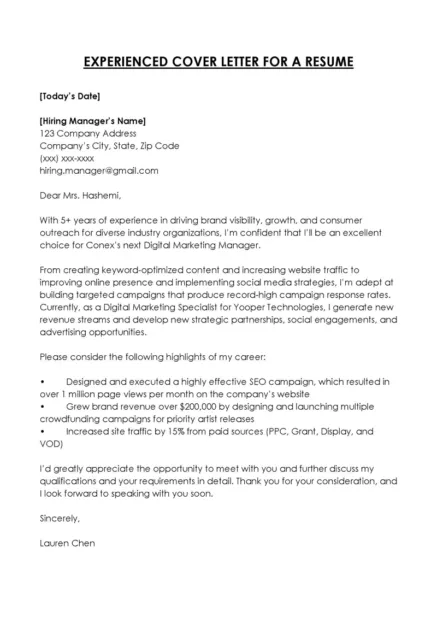
Demonstrate your genuine enthusiasm for the position and the company. Express your interest in the role and why you are excited about the opportunity. Show that you have researched the company and understand its mission and values. Tailor your letter to the specific job and company, showing your genuine interest in both. A display of enthusiasm can set you apart from other candidates, making the hiring manager more likely to consider your application.
Writing a Strong Closing Paragraph
Your closing paragraph is your last chance to leave a positive impression. Summarize your key qualifications and reiterate your interest in the role. Express your gratitude for the hiring manager’s time and consideration. Always include a call to action, such as inviting them to review your resume or offering to provide more information. Keep the closing paragraph concise and professional, leaving a lasting and positive impression.
Expressing Gratitude
Express your gratitude for the hiring manager’s time and consideration. Thank them for reviewing your application and acknowledging their efforts in the hiring process. A simple thank you can go a long way in showing respect and professionalism. It also underscores your appreciation for the opportunity and reinforces your interest in the role. Keep the tone polite and sincere, making your closing paragraph more effective.
Call to Action
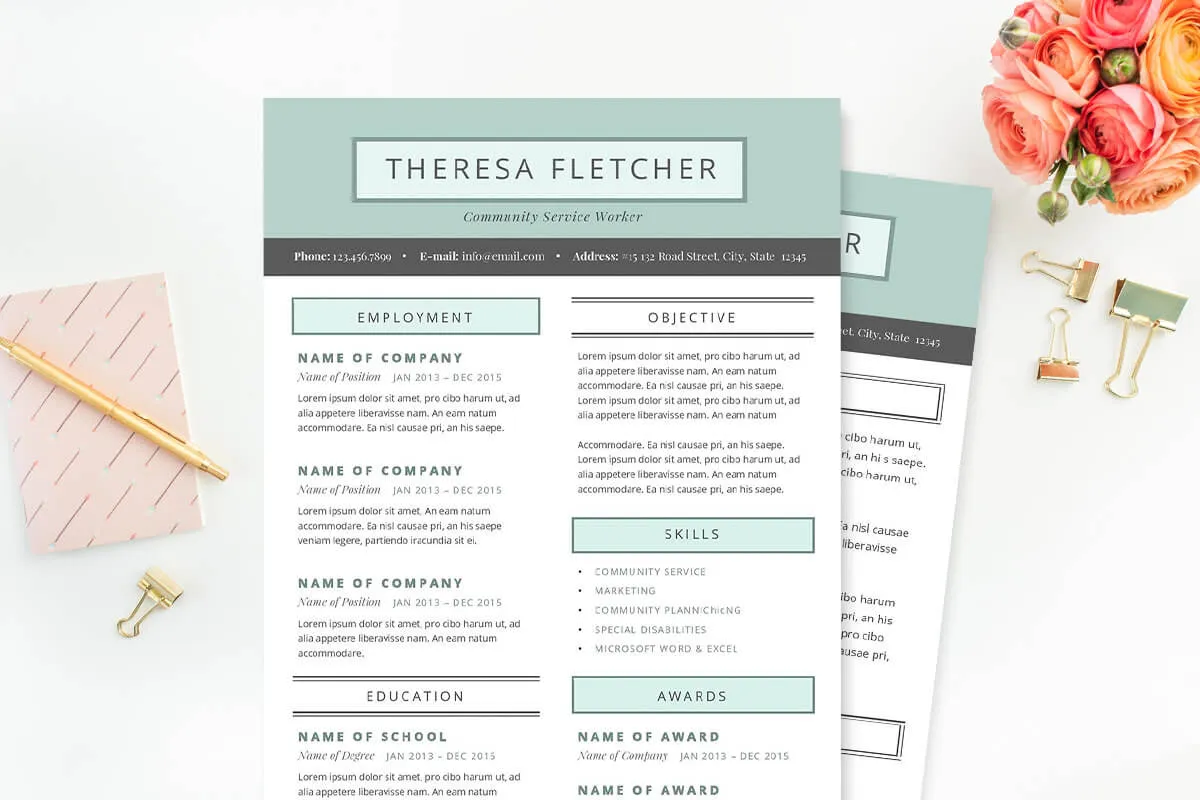
Always include a clear call to action in your closing paragraph. Invite the hiring manager to review your resume or offer to provide more information if needed. Mention your availability for an interview and express your eagerness to discuss your qualifications further. A call to action encourages the hiring manager to take the next step, which can significantly increase your chances of getting an interview. Making it easy for them to take the next step helps move your application forward.
Proofreading and Editing
Proofreading and editing your cover letter are essential to ensure it is error-free. Carefully review your letter for any typos, grammatical errors, or inconsistencies. Read it aloud to catch any awkward phrasing. Having someone else proofread your letter is also a good idea, as a fresh pair of eyes can often spot mistakes you may have missed. A polished and error-free cover letter showcases your attention to detail and professionalism.
Ensuring Error-Free Content
Pay close attention to spelling, grammar, and punctuation. Use a spellchecker and grammar checker, but also carefully review the document yourself. Ensure your sentences are well-structured and easy to read. Check for any inconsistencies in formatting or tone. A cover letter riddled with errors can create a negative impression and undermine your credibility. Double-check all the details, including the company’s name, the job title, and the hiring manager’s name. A clean and error-free cover letter demonstrates professionalism and attention to detail.
Tips for Tailoring Your Cover Letter
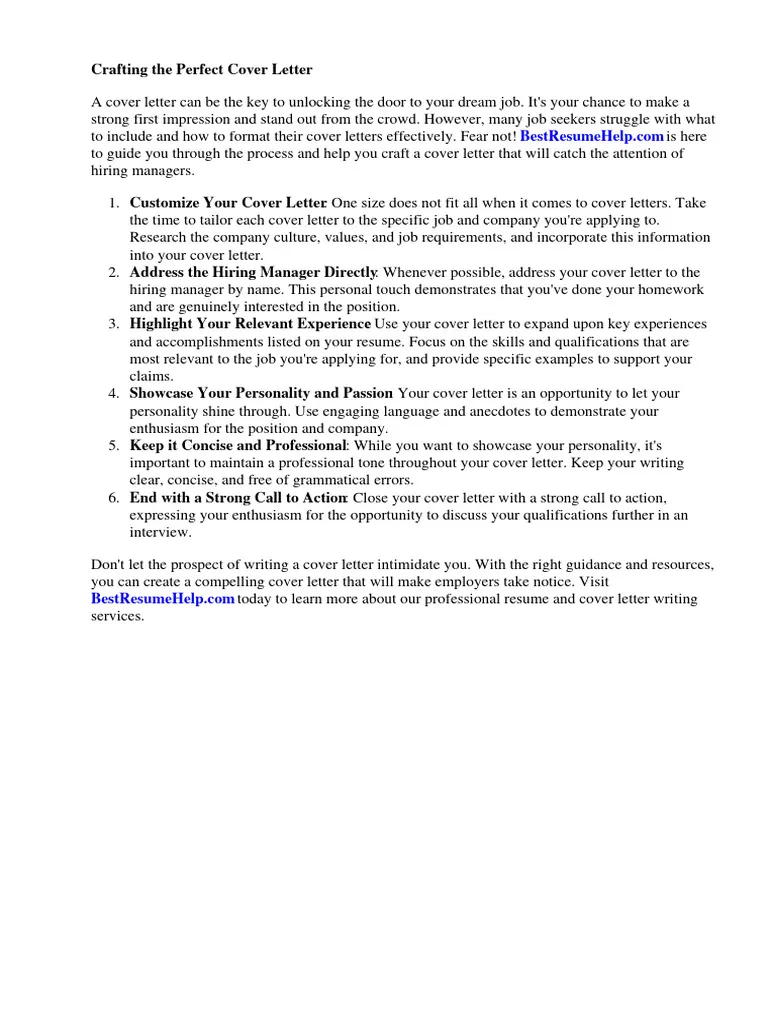
Tailoring your cover letter to each specific job application is essential. Avoid using a generic template. Customize the content to reflect the unique requirements and expectations of the role and the company. Research the company’s culture, values, and mission. Align your skills and experiences with their specific needs. Demonstrating that you have taken the time to personalize your application will significantly increase your chances of getting noticed and securing an interview.
Researching the Company and Role
Researching the company and the specific role is crucial to creating a tailored cover letter. Visit the company’s website, read their “About Us” section, and explore their social media profiles. Understand their mission, values, and recent news. Analyze the job description carefully, identifying the key requirements and skills. Demonstrate in your cover letter that you understand their business and the specific challenges of the role. The more you know about the company and the position, the better you can tailor your letter to make a strong impression.
Customizing Content for Each Application
Each cover letter should be unique, customized to the specific job and company. Address the hiring manager by name, highlight the skills and experiences most relevant to the role, and provide specific examples to support your claims. Tailor the tone to align with the company’s culture. Show that you have taken the time to understand their needs. This personalized approach will make a lasting impression and significantly increase your chances of success. Avoid using a generic template; create a unique letter that truly reflects your qualifications and enthusiasm for the role.
